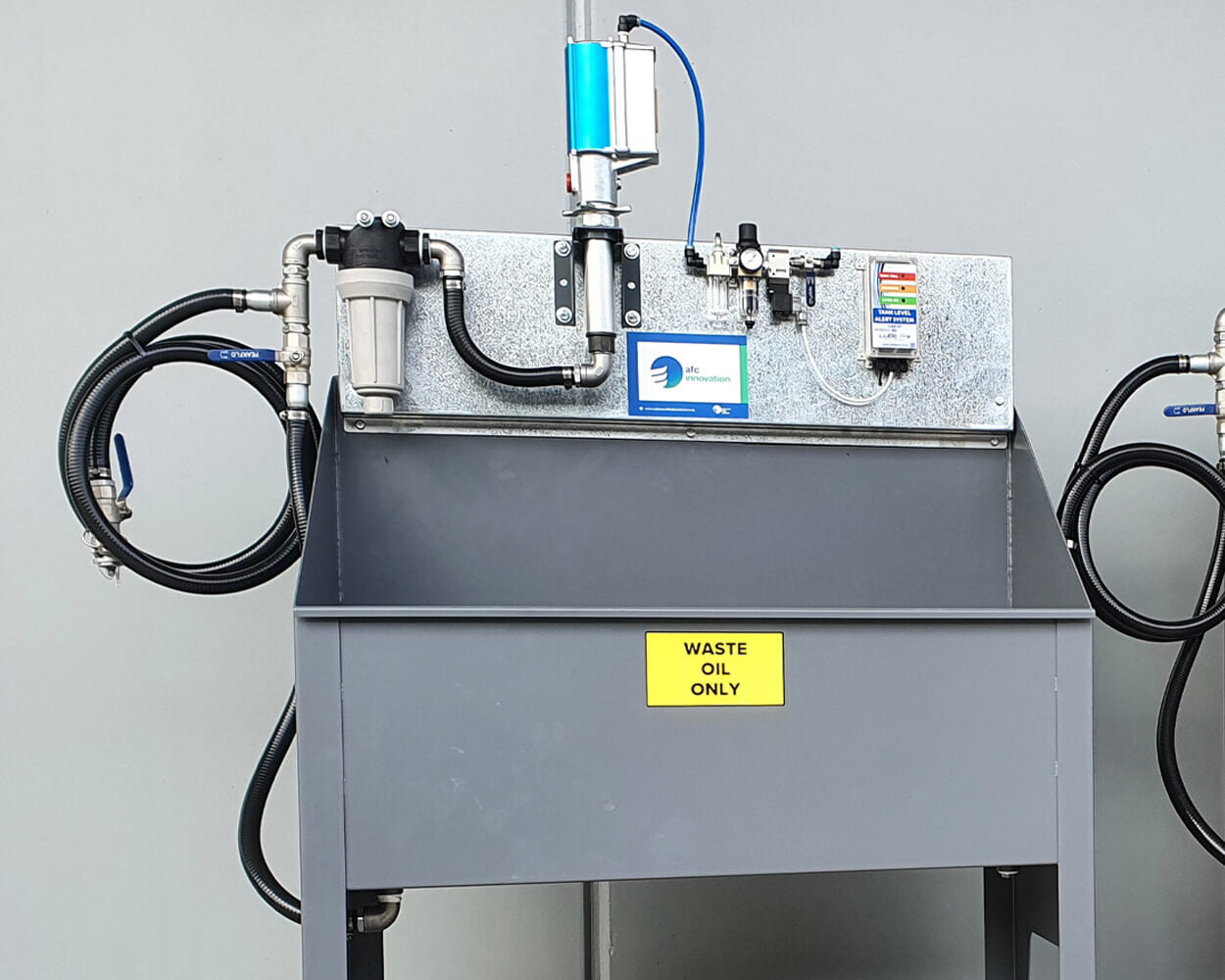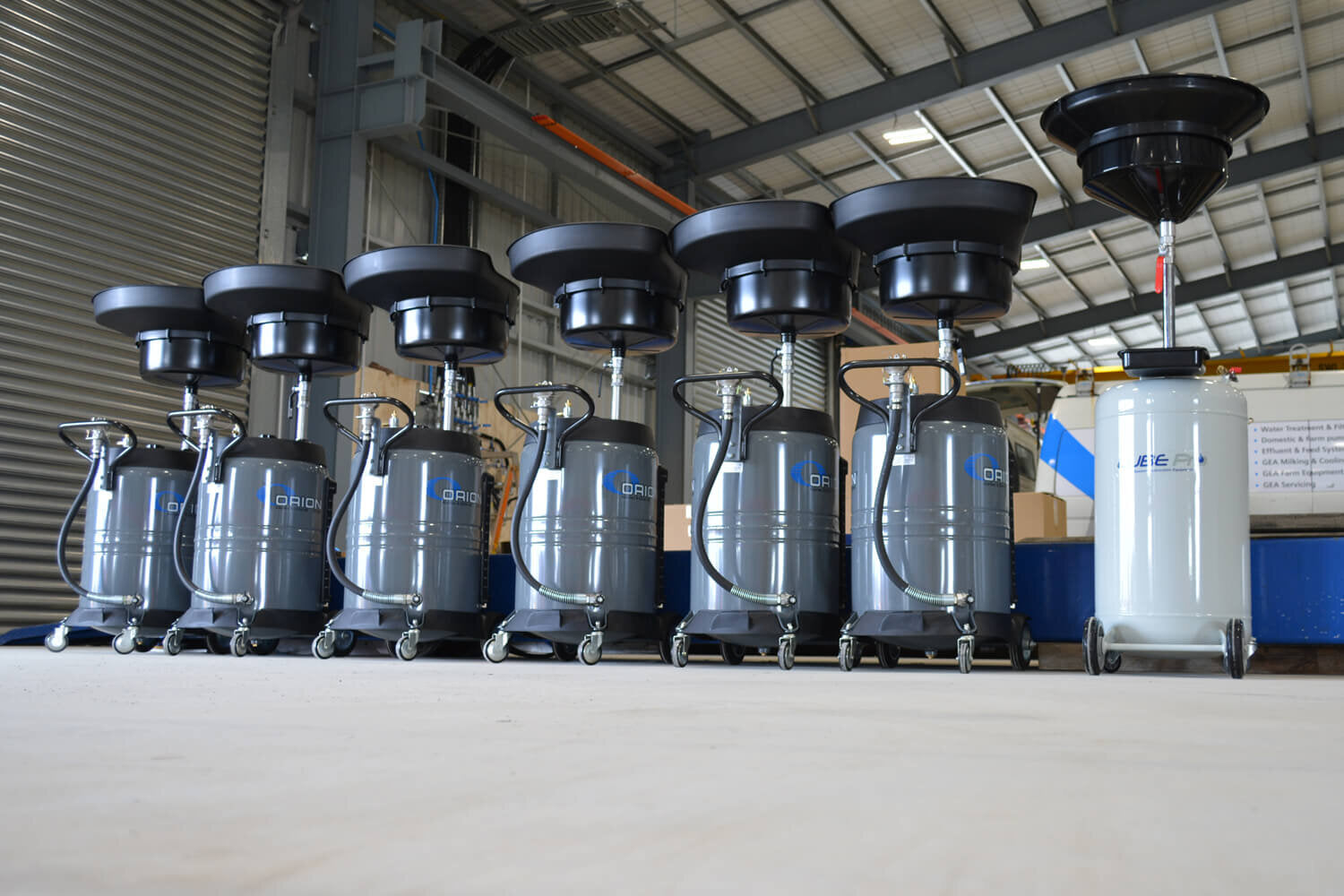
Advance Fluid Control is New Zealand’s leading supplier & installer of specialist fluid transfer equipment and fluid management systems for mechanical & industrial workshops and applications.
One of the most important and often overlooked aspects of any workshop set up is the handling and management of waste oil.
With the storage and containment of waste oil having attracted particular attention from authorities in recent years due to the potential for environmental pollution, and some workshops unfortunately having sub-standard storage practices, authorities are now monitoring this aspect of the industry more closely, and rightly so. The compliance and management of waste oil tanks and systems in workshop premises is now of the highest priority.
AFC has the range of quality equipment, solutions and understanding to help any workshop get on top of its waste oil management.
 is here! Shop now, pay later in 4 easy installments
is here! Shop now, pay later in 4 easy installments






